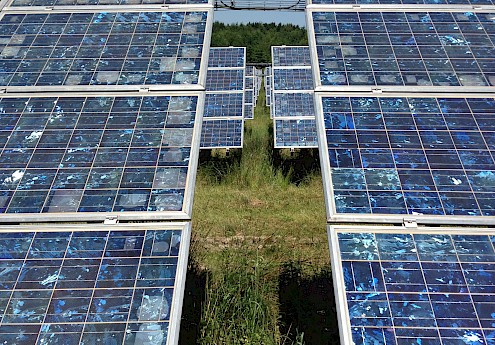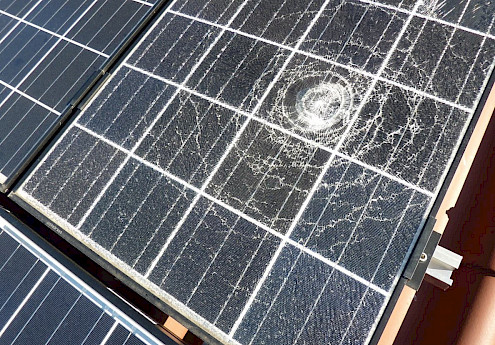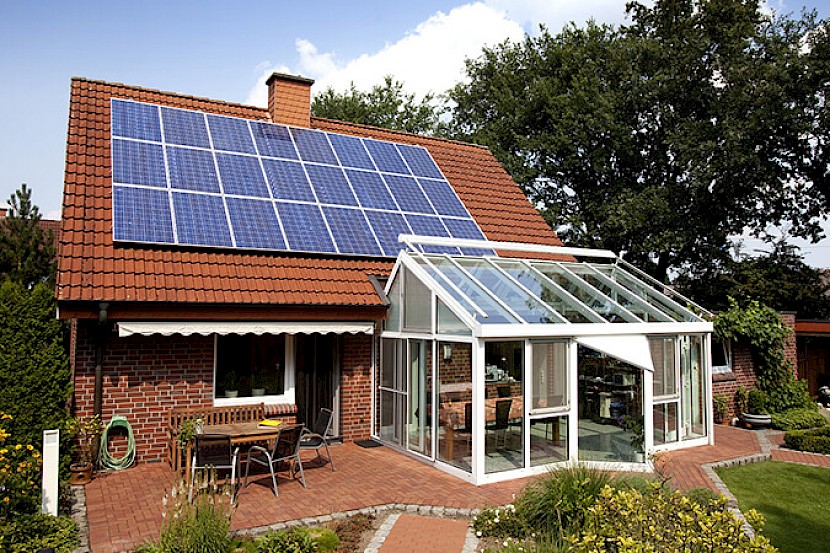
Photovoltaics: The sun’s power from the socket
The future belongs to renewable energy sources. Photovoltaics, the conversion of solar energy into electricity, is one of the oldest and most developed environmentally friendly energy sources. The space on a private roof is usually sufficient for a photovoltaic system, which consists of solar modules, inverters and meters. If you have open land available, you can set up a larger system and cover your entire power consumption with photovoltaics.
Photovoltaic and solar thermal: The difference
Photovoltaic generates electricity with solar panels, while solar thermal is limited to heating water using solar energy. Mediterranean countries were already using solar thermal energy to save electricity more than 30 years ago. Photovoltaic systems took a little longer to establish themselves. In Germany, the Renewable Energy Sources Act of 2000 helped photovoltaic systems achieve a breakthrough. This law guarantees the operators of private PV systems - whether on a private roof or a larger area of open land - that the electricity they produce will be fed into the grid for a fee.
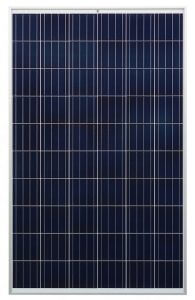
The most important components of every solar system
The heart of a photovoltaic system are the PV modules, which convert solar energy into direct current. How much electricity a PV system delivers depends on the quality of the modules and their orientation. PV modules are divided into monocrystalline, polycrystalline and thin-film modules. Monocrystalline solar modules are expensive, but the most efficient and therefore particularly recommended for small photovoltaic systems. If space is not an issue, the less expensive polycrystalline PV modules will also do a good job. Thin-film models are less efficient than crystalline modules, but are easier to assemble. They are particularly suitable for large roof areas.
Tilt angle and orientation
How effectively solar cells work depends on how the modules are installed. PV modules work best when the sunlight falls on them perpendicularly. The best angle of inclination is therefore location-dependent. In Flensburg it is 37 degrees, in Basel it is 33 degrees. In addition, solar panels should face south as much as possible.

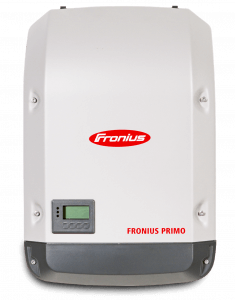
The inverter: from direct to alternating current
Since solar panels produce direct current, an inverter is the second main piece of a solar system. The inverter converts direct current into alternating current for the grid. The noise development is important when selecting the inverter. The handling should also be considered when making the selection. SecondSol, the marketplace for PV systems, offers a huge selection of all components.
Meters, cables and plugs
If you want to feed the electricity from your photovoltaic system into the power grid, you need a feed meter that should be equipped with a backstop. The cables and plugs that connect the individual modules are also important for the proper functioning of a solar system. It is important during installation that the cables are attached to the bracket, that they aren’t under too much tension and do not rub against the roof tiles when the system is installed on the roof of the house.
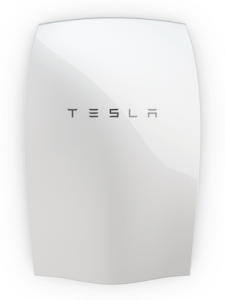
Battery storage: profit despite falling remuneration
Since the conditions for those who feed in solar power are getting worse every year, storage systems that make the owners of photovoltaic systems independent of the grid are available. It used to be possible to cover the photovoltaic costs by paying for the electricity fed into the grid. That’s no longer the case today. With an electricity storage system, excess electricity that is produced at peak times but not consumed can be stored for later use, for example in the evenings and at night when no solar electricity can be generated.

Save costs in advance and ensure smooth operation
If you want to install a solar system, you should pay attention to two things in advance. With thorough research, the acquisition costs can be kept low. As a marketplace for solar products, SecondSol presents not only new but also used modules for PV systems as well as remaining stock and B-stock for all components, so that everyone can find the right components for their individual system. Secondly, when calculating the costs of a solar system, the operating costs should not be forgotten. As a rule of thumb, 1.5 percent of the acquisition costs for the maintenance of the system should be factored in.
Service providers for everything to do with photovoltaics, insurance companies, lawyers and, in exceptional cases, even a theft database are also needed for the day-to-day operation of the solar system. Every operator should therefore have an internet platform like SecondSol, which provides this content and also offers a practical search function.
